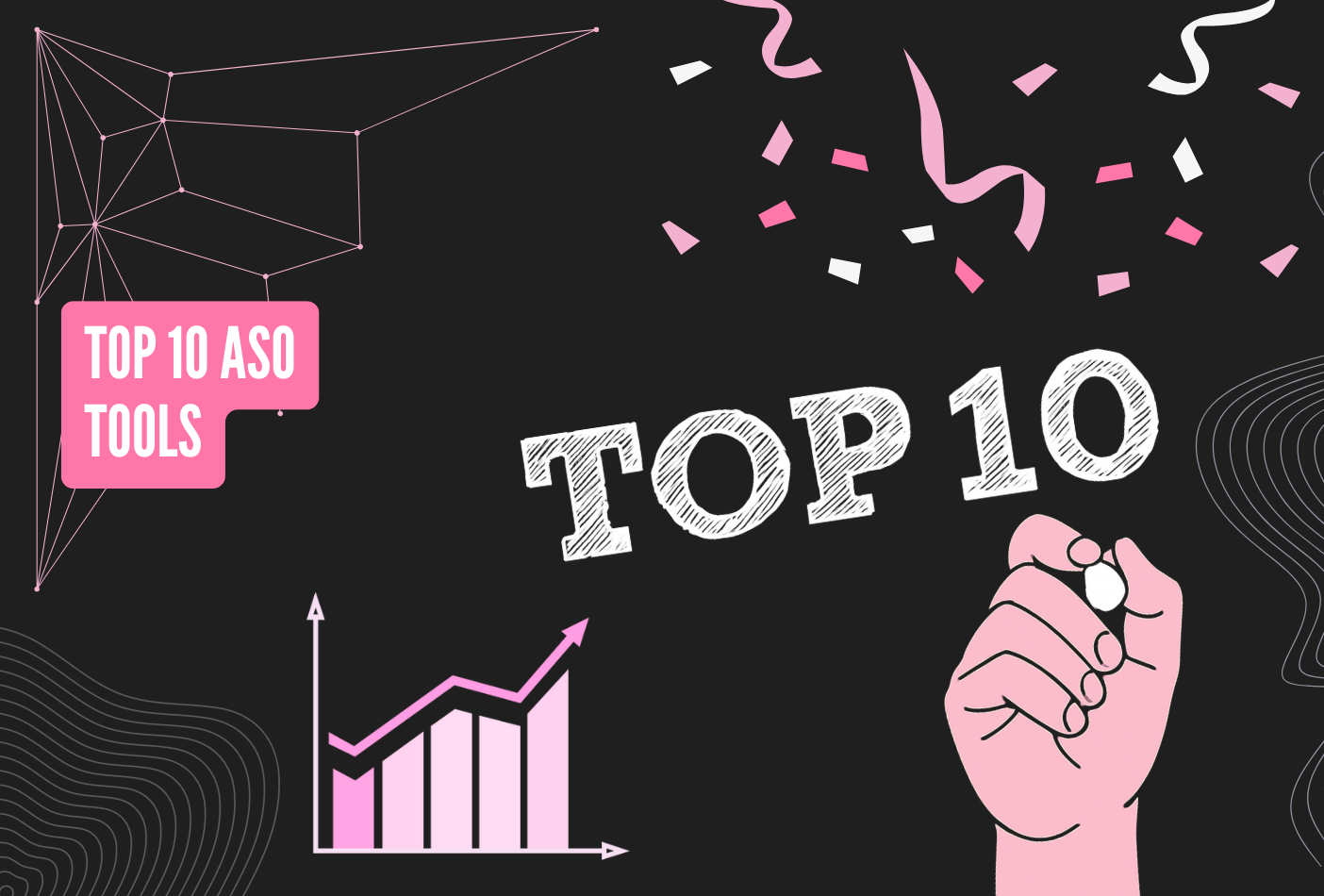Designing a paywall is one of the most critical parts of an app’s monetization journey — yet also one of the easiest to get wrong. Many teams build a paywall once and never revisit it, assuming that once users see it, the decision to pay or not depends solely on pricing.
In reality, a paywall is a dynamic system combining behavioral psychology, product positioning, pricing architecture, and design storytelling.
Below are the 10 most common mistakes that limit conversion and retention — and how to avoid them.
1. Treating the paywall as a one-time setup
Too many apps design a paywall during launch and never test it again. Over time, market expectations and user psychology evolve — what worked in 2021 may underperform in 2025.
Avoid it: Treat your paywall like an ad campaign. Refresh it quarterly, test copy, visuals, and CTA placement. Use A/B testing tools (RevenueCat, StoreKit 2, or Firebase Remote Config) to validate small tweaks systematically.
2. Offering a trial that’s too long
Free trials are appealing but risky. A 7 or 14-day trial often gives users too much time to forget your app. Engagement drops after day three.
Avoid it: Shorten the trial to 3 days or replace it with a symbolic first-payment discount (e.g., “Try the first month for $1”). This maintains urgency and filters for higher-intent users.
3. Hiding prices behind multiple screens
Some apps force users through several onboarding steps before showing any pricing. This can feel manipulative. Transparency builds trust.
Avoid it: Display the paywall early in the user journey, ideally right after value delivery (e.g., after generating a first report or completing a core task). Use clear pricing upfront — no hidden tiers or surprise renewals.
4. Ignoring plan visibility
If your monthly and annual options aren’t clearly displayed, users can’t perceive value. Many apps bury annual savings under small text or secondary tabs.
Avoid it: Always show both monthly and annual options together. Add a “Best Value” or “Save 30%” badge. Make annual the default selection but keep toggles visible to respect user choice.
5. Copy that focuses on features, not outcomes
Listing technical features (“Track your calories,” “Save notes”) doesn’t connect emotionally. Users pay for results, not functions.
Avoid it: Rewrite copy around benefits: “Reach your goals faster,” “Build better habits,” “Save time and stay focused.” Benefits create emotional payoff and justify payment.
6. No trust or proof elements
If your paywall looks like a popup ad, users hesitate. Social validation matters — they need to feel others have taken the same step.
Avoid it: Add social proof (“Over 10,000 users subscribed”), security reassurance (“Cancel anytime”), and urgency (“Offer valid until Sunday”). Real testimonials or logos of media mentions can lift conversion 15–25%.
7. Overcomplicating pricing tiers
Three or more plans often confuse new users. Too much choice delays decision-making.
Avoid it: Start with two options — monthly and annual. If you need more tiers, differentiate them by user type (e.g., Creator vs. Business) rather than small feature differences. Keep visual hierarchy simple: one main plan, one secondary.
8. Ignoring localization and currency psychology
Price perception varies drastically across markets. $9.99 feels normal in the U.S., but €9.99 may feel expensive in Italy or Spain.
Avoid it: Localize pricing to local purchasing power and use native currency symbols. Translate paywall copy with cultural nuance — “cancel anytime” or “best value” can carry different emotional weights by language.
9. Not tracking the right metrics
Many teams look only at “conversion to trial” or “purchase rate.” But without context, those numbers mislead. What happens after the first renewal?
Avoid it: Track deeper metrics: trial-start-to-paid conversion, refund rates, retention after 30 and 90 days, and LTV by variant. Pair quantitative data with qualitative insights from surveys and heatmaps to understand why users don’t convert.
10. Treating paywall testing as a design task
A paywall isn’t just a pretty screen — it’s a business experiment. Without cross-functional ownership (marketing, product, and design), optimizations stay superficial.
Avoid it: Build an iteration loop. Each quarter, test one change at a time: offer, copy, pricing, or layout. Document results, then implement what scales. This process creates compound growth in both conversion and retention.
Why These Mistakes Matter
Each of these mistakes affects a specific psychological trigger:
- Transparency (users must trust your intent)
- Urgency (they must act now)
- Value clarity (they must understand what they gain)
- Commitment (they must feel their decision is rational and rewarding)
Ignoring any of these leads to the same outcome: users hesitate. They postpone. They close the app.
A strong paywall doesn’t pressure users; it guides them. It speaks their language, shows value clearly, and provides an easy way to commit confidently.
Key Takeaway
Your paywall is not a barrier — it’s a conversion engine.
The best teams iterate continuously, using behavioral data, clear design, and emotional storytelling to turn curiosity into commitment. Avoiding these ten mistakes won’t just increase revenue — it will make your entire product experience feel more valuable and trustworthy.



